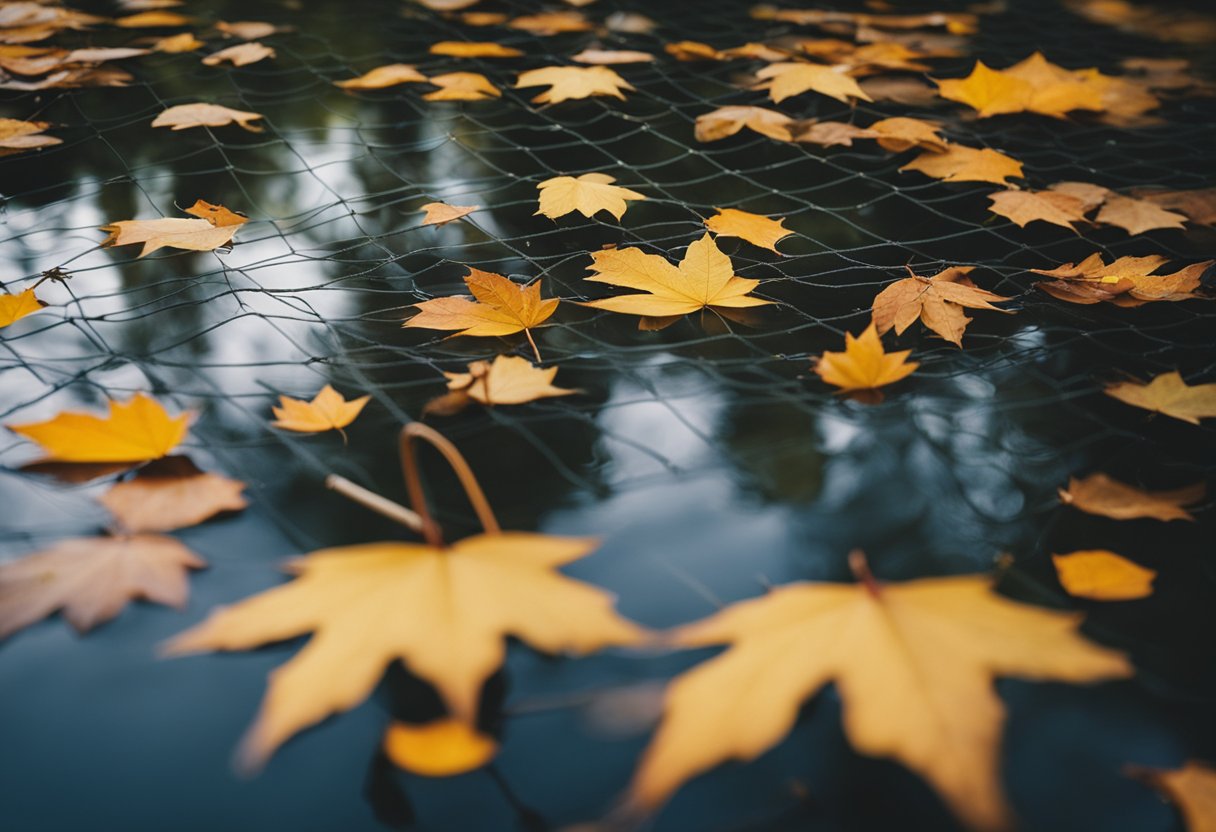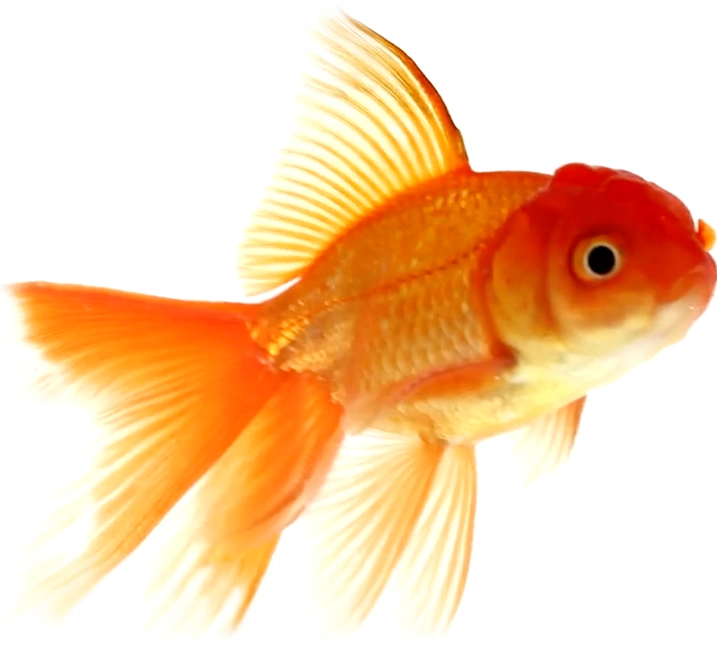Most Expensive Koi Fish in the World: A Look at Record-Breaking Prices and Rare Varieties



Most Expensive Koi Fish in the World: A Look at Record-Breaking Prices and Rare Varieties
Koi fish have captivated enthusiasts and collectors for centuries, known for their vibrant colours and graceful swimming. The most expensive koi fish ever sold is a Kōhaku named S Legend, fetching an astounding price of $1.8 million. This remarkable fish showcases not just beauty but also the dedication of breeders who strive for perfection in lineage and aesthetics.

As we explore the world of koi, we'll uncover what makes certain fish so valuable. From their intricate patterns to their breeding history, each factor plays a crucial role in defining worth. Koi are not just ornamental fish; they represent passion and investment for many. Their allure continues to attract both seasoned collectors and new enthusiasts alike.
Join us as we dive into the fascinating landscape of the most expensive koi fish in the world, revealing the key elements that set these aquatic treasures apart.
Key Takeaways
- The most expensive koi fish, S Legend, sold for $1.8 million.
- Factors such as colour, patterns, and bloodlines influence a koi's value.
- Collecting koi can be both a hobby and a wise investment decision.
The Allure of Koi Fish
Koi fish captivate us with their beauty and rich symbolism. Deeply rooted in Japanese culture, they are not only admired for their aesthetic appeal but also valued for the good fortune they represent. The diversity of koi varieties further enhances our fascination, making them a delightful subject for enthusiasts and collectors.
Symbolism in Japanese Culture
In Japan, koi fish are seen as symbols of strength, perseverance, and good fortune. Their ability to swim upstream against strong currents represents determination and resilience. This symbolism is often tied to stories of koi that have transformed into dragons after overcoming challenges, which adds to their allure.
Koi ponds play a significant role in Japanese gardens, often designed for leisure and contemplation. Many people believe that having koi can bring good luck and prosperity. For this reason, koi are frequently given as gifts during auspicious occasions, such as birthdays or weddings, reinforcing their cultural significance.
Koi Varieties and Breed Characteristics
There are numerous koi varieties, each with unique colours and patterns. The most popular types include Kōhaku, Taisho Sanke, and Showa Sanshoku. Each variety has distinct traits that attract koi enthusiasts.
Kōhaku koi, for example, have a white body with vibrant red markings. Taisho Sanke features a similar white base but introduces black spots, adding complexity to their beauty. Showa Sanshoku combines all three colours with a black body base, creating striking contrasts.
Koi enthusiasts often seek out specific breeds based on their rarity and patterns. The characteristics of each variety, such as size and colouration, affect their value and desirability in the market, making koi collecting both an art and a passion.
The World of Expensive Koi
In the fascinating world of koi, certain fish command astonishing prices. We explore what contributes to these high values and highlight some record-breaking sales.
What Makes a Koi Fish Expensive
Several factors determine the price of koi fish. One key element is their breed; specific varieties, such as Kōhaku and Sanke, are highly sought after.
Visual Appeal
The colour patterns and skin quality also significantly impact value. A koi with vivid colours and clear patterns often fetches a higher price.
Lineage and Certification
Fish that come from renowned breeders or have a documented lineage are viewed as investments.
Size
Size can influence price too. Larger koi typically command higher prices at auctions.
Record-Breaking Koi Sales
Recent years have seen jaw-dropping prices at koi auctions. One standout is the Kōhaku koi named S Legend, which sold for nearly £1.8 million.
This nine-year-old fish measured 3 feet 3 inches long. It was renowned for its "perfect" example of the breed, featuring bright orange splotches on a pristine white body.
These auctions attract serious collectors, with many willing to pay millions for exceptional specimens. Each sale adds another layer to the lore of koi, making this niche market even more intriguing.
As demand grows, so do the prices, leaving many to wonder how high they can go.
Famous and Valuable Bloodlines
In the world of koi fish, certain bloodlines are renowned for their exceptional quality and beauty. These bloodlines not only command high prices but also represent the pinnacle of koi breeding.
S Legend and Its Legacy
S Legend is one of the most famous koi in the world. This Kōhaku fish sold for an astonishing $1.8 million, setting a record for the most expensive koi ever. Its striking red and white pattern showcases the beauty that this bloodline is known for.
S Legend originated from the Sakai Fish Farm, a prestigious breeding facility in Hiroshima, Japan. This farm has a legacy of producing high-quality koi. Breeders at Sakai focus on genetics, health, and appearance, ensuring that their fish meet the highest standards.
The legacy of S Legend continues to influence koi breeding today. Many breeders aspire to replicate its intricate colour patterns and overall form. As a result, S Legend has become a benchmark for quality in the koi community.
Key Factors in Valuation
When assessing the value of koi fish, certain specific aspects play a crucial role. Notably, colour and pattern recognition, along with size and body shape considerations, are significant when determining the worth of high-quality koi.
Colour and Pattern Recognition
Colour is one of the primary factors influencing koi fish value. Vibrant colours can enhance a koi’s appeal and market price. For instance, bright red, white, and black hues often attract buyers, especially in the case of popular breeds like Kohaku and Showa.
Additionally, the pattern on the fish's body also matters. A well-defined and unique pattern can make a koi more desirable. Breeders focus on achieving striking designs, as certain patterns are more sought after in koi shows and among collectors. The genetic lineage of the fish often influences both colour and patterns, with top-quality koi coming from reputable breeders who prioritise these traits.
Size and Body Shape Considerations
Size is another critical factor in koi valuation. Larger koi, typically over 60 cm, tend to command higher prices. Big koi make an impressive statement in ponds and exhibits.
Equally important is the body shape. A well-proportioned body with smooth lines is desirable. Features such as broad shoulders and a powerful tail contribute to the aesthetics of the fish. Collectors often prefer koi with ideal body shapes as they not only appear more attractive but are also better candidates for breeding programmes. Thus, both size and body form play vital roles in determining the price of high-quality koi in the market.

Frequently Asked Questions
MY POND IS OVERGROWN.
MY POND IS LEAKING – WHAT CAN I DO?
WHY IS MY POND WATER GREEN?
Do I need to have my pumps running all the time?
Why Choose Us
Experience With years of experience in pond maintenance and cleaning, our team has the expertise to handle ponds of all sizes and complexities. We are dedicated to delivering high-quality services tailored to meet the unique needs of each customer.
Professionalism Our team consists of trained professionals who are passionate about pond care. We take pride in our work and strive to exceed our customers’ expectations with every service we provide.
Customized Solutions We understand that every pond is different, and we tailor our services to suit the specific requirements of each customer. Whether you have a small backyard pond or a larger water feature, we have the knowledge and resources to keep it in pristine condition.
Environmentally Friendly Practices We are committed to using eco-friendly products and methods in our pond cleaning services. Our goal is to promote sustainability and preserve the natural balance of your pond ecosystem.
Customer Satisfaction Your satisfaction is our top priority. We work closely with our customers to ensure that their pond maintenance needs are met with professionalism and care. We take the time to listen to your concerns and provide personalized recommendations to help you achieve the pond of your dreams.
Ready to schedule a pond cleaning service with us?
Contact Aqua Pond today to learn more about our services and to book an appointment.
Let us help you create a clean, healthy, and vibrant pond that you can enjoy for years. Thank you for considering Aqua Pond for your pond maintenance needs.
What our Customers Say...
